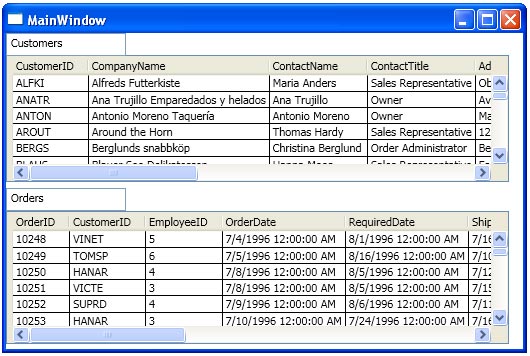

- #HOW TO CREATE SQLITE DATABASE HOW TO#
- #HOW TO CREATE SQLITE DATABASE CODE#
- #HOW TO CREATE SQLITE DATABASE PLUS#
- #HOW TO CREATE SQLITE DATABASE DOWNLOAD#
To follow along, download the data as a CSV file by clicking on the Export button, selecting CSV, and saving the file as pvi_2017.csv.
#HOW TO CREATE SQLITE DATABASE PLUS#
Plus once we have the database created we may want to add other years such as 2018, 2019 and so on. While it could probably be loaded into RAM, we think it might be better accessed via a database. The data is a 2 GB CSV file with over 10 million rows and 43 columns. In this post, however, we are concerned with simply creating a database on our computer, loading data into it, and then using the R package dplyr to query the database and pull a subset of the data into memory for further analysis.įor demonstration purposes, we will use 2017 Parking Violation data from NYC OpenData. There are many tutorials available on the web. For an introduction to the SQL language, do a web search for “getting started with SQL” or something similar. SQLite is free and relatively easy to use.
#HOW TO CREATE SQLITE DATABASE HOW TO#
In this post we demonstrate how to create a SQLite database. For example if our database has 20,000,000 rows and 45 columns, but we only need 50,000 rows and 3 columns, we can query the database and load into memory just the subset of data we want. This allows us to load only what we need into RAM. So what can we do with R when we have data that is too large to fit into RAM but small enough to store on our computer? One option is to create a database that is stored on our hard drive, and then use R to connect to and query the database. So even if your computer has 16 GB of RAM, you can assume you have much less than that for loading data into R. Open a web browser or any other program and they too are loaded into RAM. When you open RStudio, you’re using RAM even if no data is loaded.

While many newer computers come with lots of RAM (such as 16 GB), it’s not an infinite amount. But when you open R again and load the data, once again it is loaded into RAM. If you save your data, it is saved to your hard drive. This is the memory that is deleted when you close R or shut off your computer. The following statement creates the contacts table.When you import or load data into R, the data are stored in Random Access Memory (RAM). The following database diagram illustrates tables: contacts groups, and contact_groups. The contact_groups table that stores the relationship between contacts and groups.The groups table that stores group information.The contacts table that stores contact information.In addition, each contact belongs to one or many groups, and each group can have zero or many contacts.īased on these requirements, we came up with three tables: The requirement is that the email and phone must be unique. Suppose you have to manage contacts using SQLite.Įach contact has the following information: Note that the primary key of a table is a column or a group of columns that uniquely identify each row in the table. Note that the WITHOUT ROWID option is only available in SQLite 3.8.2 or later. A table that contains the rowid column is known as a rowid table. If you don’t want SQLite creates the rowid column, you specify the WITHOUT ROWID option. The rowid column stores a 64-bit signed integer key that uniquely identifies the row inside the table. By default, a row in a table has an implicit column, which is referred to as the rowid, oid or _rowid_ column. Finally, optionally use the WITHOUT ROWID option.Fifth, specify the table constraints such as PRIMARY KEY, FOREIGN KEY, UNIQUE, and CHECK constraints.SQLite supports PRIMARY KEY, UNIQUE, NOT NULL, and CHECK column constraints. Each column has a name, data type, and the column constraint. Fourth, specify the column list of the table.

The schema can be the main database, temp database or any attached database. Third, optionally specify the schema_name to which the new table belongs.Attempting to create a table that already exists without using the IF NOT EXISTS option will result in an error. Second, use IF NOT EXISTS option to create a new table if it does not exist.The name of the table cannot start with sqlite_ because it is reserved for the internal use of SQLite.

#HOW TO CREATE SQLITE DATABASE CODE#
) Code language: SQL (Structured Query Language) ( sql )


 0 kommentar(er)
0 kommentar(er)
